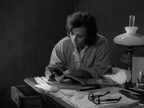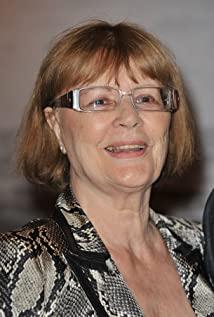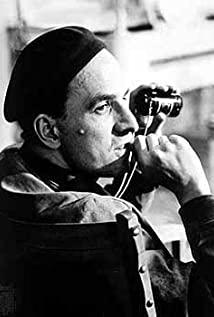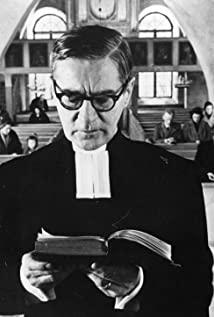Also Paul was juxtaposing; making the comparison of seeing through a dim and cloudy glass to the common artist practice of "perspectus," (per-through + spect, spicere or specere-to look + tus suffix of the Latin verb-ars or skillful action as in rendering from 3-d to 2-d) viz., looking through a glass/window/transparent picture plane and tracing a clear image (portrait, buildingscape, etc.) via monocular sighting from its mimetic source. Paul knew this elementary form of picture making and representation, of tracing images on glass, was familiar to his listeners so he made the analogous but contrasting link of not seeing clearly, through say a smoke tinted window pane, to that of seeing perfectly the traced images produced by the artists of his time. Moreover, Leonardo da Vinci spoke of the ancient practice of "perspectus"being utilized in Renaissance times when he said, "There are some who look at the things produced by nature through glass, or other surfaces or transparent veils. They trace outlines on the surface of the transparent medium…"
(The Science of Art, Optical Themes in Western Art from Brunelleschi to Seurat by Martin Kemp, p.163).
There were two veristic kinds of ancient optical projections manually traced: (1) shadow projections (silhouettes--skiagrams and perspectographs) and (2) light projections (picture projections). Light or picture projections came from camera obscura that Alhazen (965-1039 AD), says "was not invented" but ubiquitous in nature. Also, Euclid's (300 BC) book, Optics, presupposes the camera obscura which was imperative to prove his assertion that light images travels in straight lines. According to the Encyclopedia Britannica camera obscura was "ancestor of the photographic camera. The Latin name means "dark chamber," and the earliest versions, dating to antiquity, consisted of small darkened rooms with light admitted through a single tiny hole.The result was that an inverted image of the outside scene was cast on the opposite wall, which was usually whitened. For centuries the technique was used for viewing eclipses of the Sun without endangering the eyes and, by the 16th century, as an aid to drawing; the subject was posed outside and the image reflected on a piece of drawing paper for the artist to trace."
http://wiki.answers.com/Q/What_is_the_meaning_of_to_See_through_a_glass_darkly
View more about Through a Glass Darkly reviews











